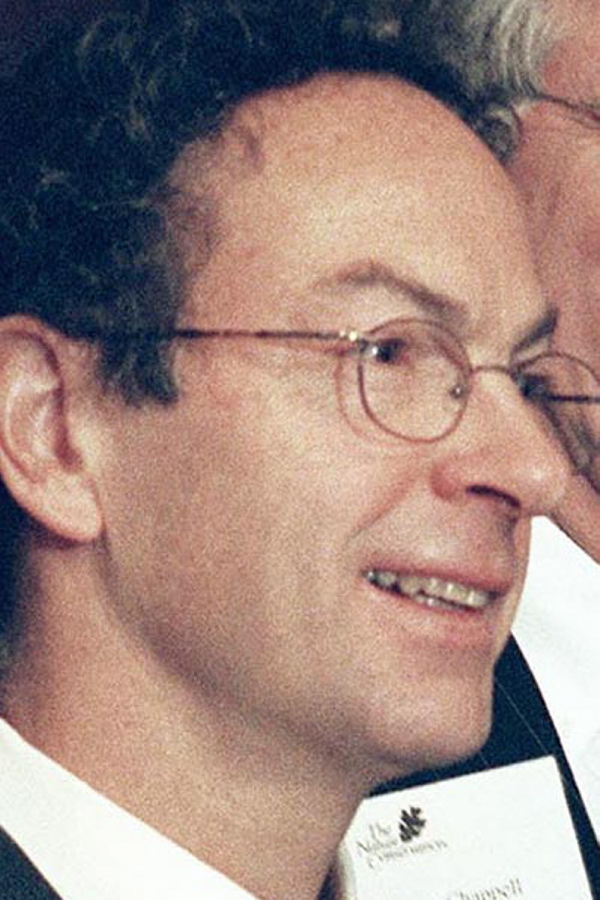The morning Richard Rockefeller departed for Portland on what would be his final flight, visibility was so poor that the air traffic controller could not even tell whether his plane had taken off, according to a preliminary report issued Saturday by the National Transportation Safety Board.
The Falmouth resident, a doctor, philanthropist and great-grandson of Standard Oil co-founder John D. Rockefeller, died June 13 when the small plane he was piloting crashed shortly after takeoff in New York.
Richard Rockefeller, who owned the single-engine plane, died when it crashed shortly after 8 a.m. near the Westchester County Airport. There were no passengers on the plane.
Witnesses interviewed by NTSB investigators described the weather that morning as “dark, rainy, and foggy,” according to the report.
Most notably, the air traffic controller could not even see the runway because of the dense fog, it says.
“The air traffic control tower was contacted shortly (after the crash) by the New York Terminal Radar Approach Control facility inquiring if the flight had departed,” the report says. “The local controller responded that the flight should have departed but that ‘visibility was so low he couldn’t tell.’”
Weather conditions recorded one mile north of the accident site confirmed that the cloud cover was about 200 feet above ground, and that visibility in the fog was about one-quarter of a mile, the report says.
Two witnesses at the crash site, in front of some horse stables on residential property, said they first heard the engine noise from Rockefeller’s plane and then saw it punch through the low cloud cover immediately above the trees.
They then described a series of tree impacts that would prove fatal for Rockefeller.
“The airplane was wings-level when the outboard section of the left wing struck the first tree, the inboard section of the left wing struck the second tree, and then the airplane broke apart in a large cloud of blue ‘smoke’ that smelled like ‘diesel’ fuel,” the report says a witness told investigators.
According to the report, Rockefeller’s plane was about 60 feet off the ground when it struck the first tree.
It then struck several other trees before hitting the ground about 200 feet beyond the initial tree strike, the report says.
“One tree, about 24 inches in diameter, had a 10-foot length of trunk sectioned and carried 50 feet down the wreckage path,” the report says. “Several pieces of angularly-cut wood were found along the length of the debris field.”
An examination of the accident site revealed a strong fuel odor, and there was no evidence of a fire, according to the report.
All of the plane’s major components were fragmented and scattered along the length of the wreckage path, it says.
The engine was found upright about 300 feet down the wreckage path, along with the plane’s twisted, crumpled propeller, the report says.
Citing Federal Aviation Administration and maintenance records, the report says Rockefeller’s Piper PA-46-500TP Malibu Meridian single-engine turboprop plane was manufactured in 2001.
According to a trip log recovered at the accident site, the airplane had accrued 1,931 total hours of flight time, and had just passed its annual inspection on June 3. Rockefeller was an experienced private pilot with 5,100 hours of flight time. However, because of his imperfect vision, his pilot’s medical certificate required him “to wear corrective lenses for distant vision and possess glasses for near vision,” the report says.
Send questions/comments to the editors.




Comments are no longer available on this story